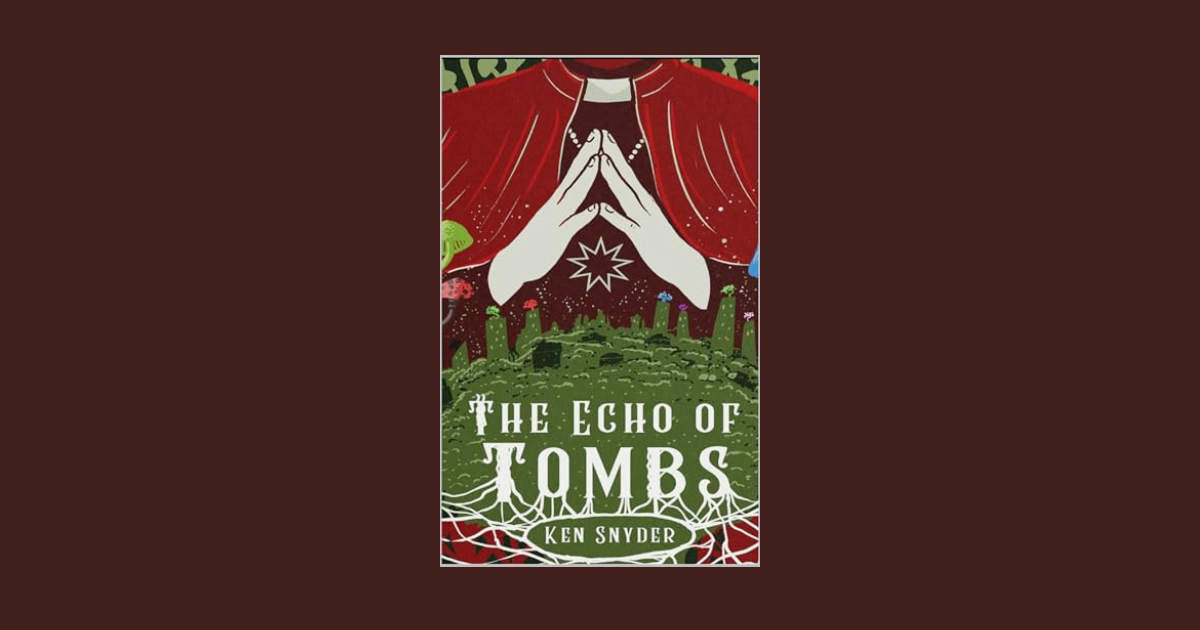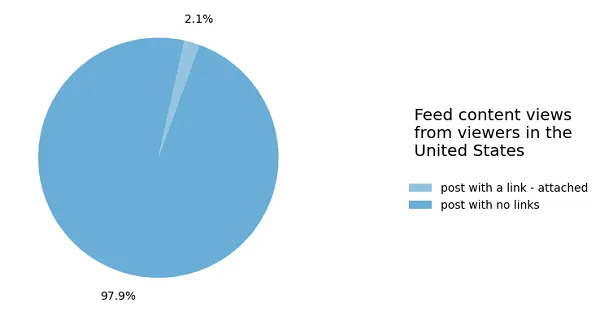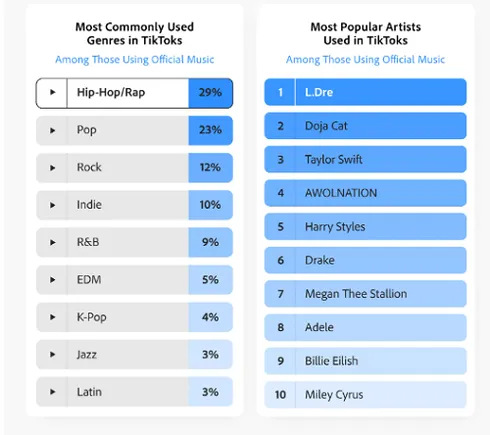
Each of 12 calendar-month sections presents four topics, each except the first getting a full double-page spread, which, in a book whose trim is 10 by 12 inches, is an eyeful. The topics include tulips in the Netherlands, the courtship dance of red-crowned cranes in Japan, a sardine run in South Africa, fig pollination in Palestine, the “wood wide web” in Italy, salmon spawning in Canada, and hermit crab housing issues in Jamaica. Digital spot illustrations with no white space in between fill every bit of space, the text resting on solid colors within them. The borders are an especial delight, reflecting both the spread’s topic and country, though a world map would be a welcome addition. The book is not consistent in using solid scientific terms or even naming the flora and fauna depicted, which may hinder further research. For example, metamorphosis, avalanche, and the names of the parts of the water cycle are missing, though the text mentions both pollination and bioluminescence; and the frog that freezes and the flower that smells like rotting meat are not named. The text also uses quite a bit of anthropomorphization to explain animal behavior. (This book was reviewed digitally.)



































































